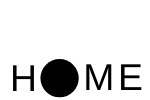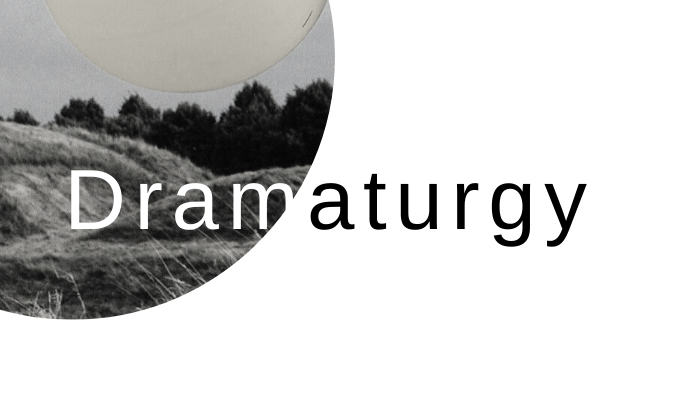What is dramaturgy?
Dramaturgy has lots of different meanings, changing from time to time and from culture to culture. In several countries, dramaturgy can have the meaning of someone who merely writes theatre plays. In others, a dramaturge is seen as the « first spectator », someone who works closely with the director and gives him/her feedback. In my work as a dramaturge I especially focus on the second definition of dramaturgy: operating in the service of the artist and the artwork, accompanying the creative production process, giving advice and clustering methodological, technical and imaginative knowledge.
This clarified, confusion stays when it comes to the details dramaturgy. Even many of my colleagues did not exactly know what I was doing. Working in the studios, working at the office, writing, running around in the hallways… So, what was I doing precisely? Well, the most important tasks of a dramaturge are generally: doing profound research to possible topics of new performances, writing scripts, giving feedback to the director(s), and defending the original intentions of the script (as in a creative process one can easily move away from that what the performance is actually about).
However, not every director or choreographer has the same demands and every project asks a different way of working. Dutch dramaturge Janine Brogt once said in an interview with the magazine Etcetera : « I’m not always the same dramaturge ». Taken this in consideration, dramaturgy can be seen as a fluid concept that adapts itself to a specific demand or situation.
5 Reasons to hire a dramaturge
1. A dramaturge does research on the different subjects of the performance and can add an intelectual dimension to the artists’ work.
2. A dramaturge can write your : script, communication texts and assist you writing the play.
3. A dramaturge can give you advice on the development and structure of the performance based on a « fresh » look. A dramaturge can safe you money as it is not necessary anymore to hire a venue with test audience.
4. A dramaturge helps you to stick to the original intentions of the script.
5. A dramaturge can manage the communication between : direction, light, sound, actors/dancers, the technical team and the administrative team.
What is my experience as a dramaturge?
For over two years I worked as a dramaturge for the choreographers Emio Greco and Pieter C. Scholten at the Ballet National de Marseille. With them I worked on several projects. One of those was « Non Solo Medea », a piece with 18 dancers, a percussionist and an actress. In this production I had many different responsibilities: doing research, writing the script and managing its different translations (Italian, French, Dutch and English), guiding the actress in interpreting the texts, managing the communication between direction, light, sound, video and performers. Striving for a unity between all these different artistic elements.
Another, less evident, task I had as a dramaturge was the creation of an online platform for the archives of the Ballet National de Marseille. With the help of a filmmaker and a web developer I worked on the “dramaturgy of the screen”. How, through the mediation of a screen, to create a conncetion between audience and archives? How to give shape to these archives? And how to make them less static and reflect the joy and virtuosity of dance?
Other directors to whom I provided dramaturgical advice are, amongst others, Nicolas Zemmour, Anne Roos Rosa de Carvalho and Andrés García Martínez.
In december 2021 I started working as a dramaturge for the Marseille based dance company Labotilar, led by dancers and choreographers Angel Martinez Hernandez and Vito Giotta. Click here to learn more about their work.
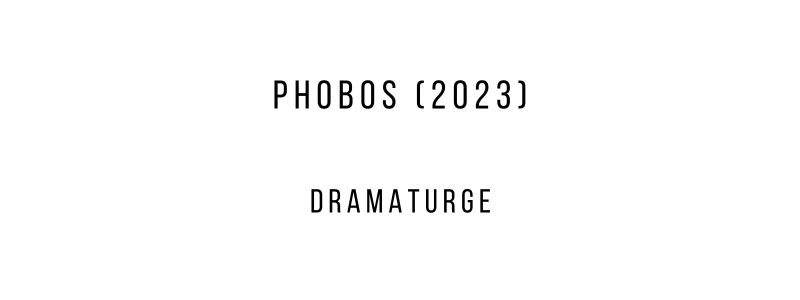
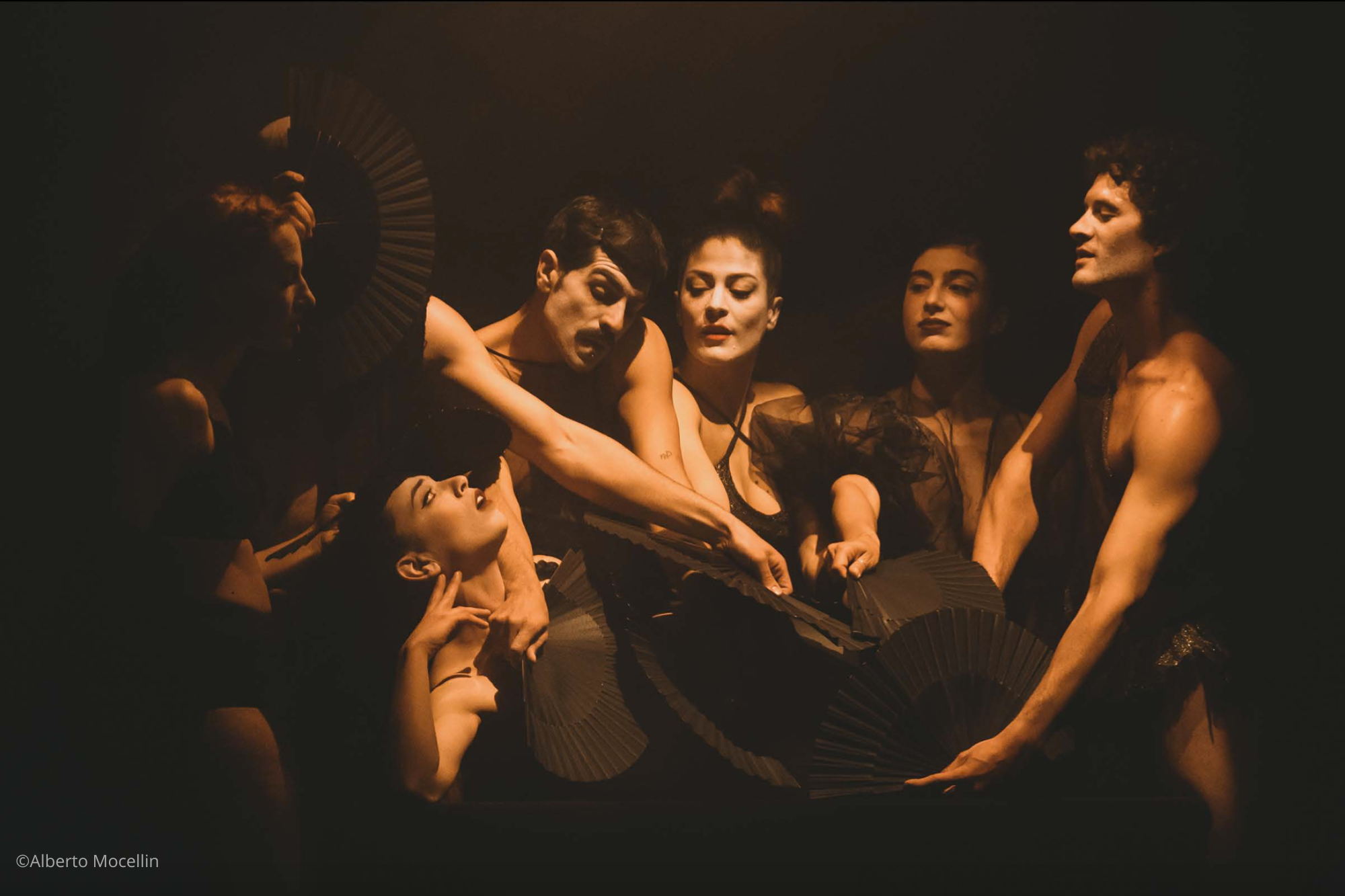
PHOBOS : Un voyage au bout de la nuit
Dans cette nouvelle collaboration franco-italienne de Labotilar et Eleina D, la figure fulminante de Phobos (dieu grec de la peur, armé de la foudre) nous guide à travers des espaces mystérieux de lumière et d'obscurité. Des scènes oniriques et réalistes s'alternent, pendant que les notions de temps et d'espace se brouillent.
Se balançant entre le visible et l'intangible, les sept danseurs explorent les sensations subjectives de peur et d'espoir, en tant que groupe, mais aussi en tant qu'individus. Comment ressentons-nous la peur ? Et comment influence-t-elle la dynamique du groupe ?
La conception sonore, basée sur des musiques de film, et la conception lumière, inspirée des œuvres du peintre Caravage, donnent une touche théâtrale et picturale à cette chorégraphie dynamique, et invite le public à se laisser emporter. Mais attention, dans ce voyage au bout de la nuit, les choses ne sont pas toujours ce qu’elles semblent être...
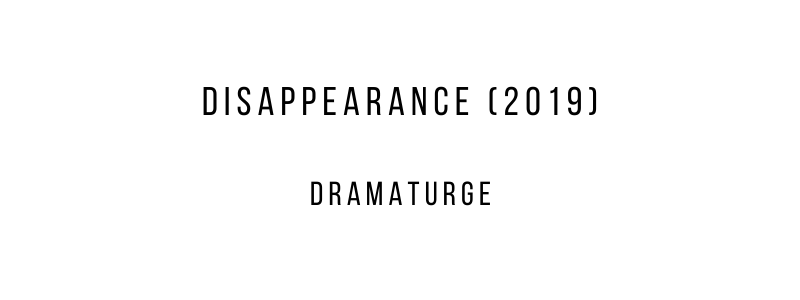
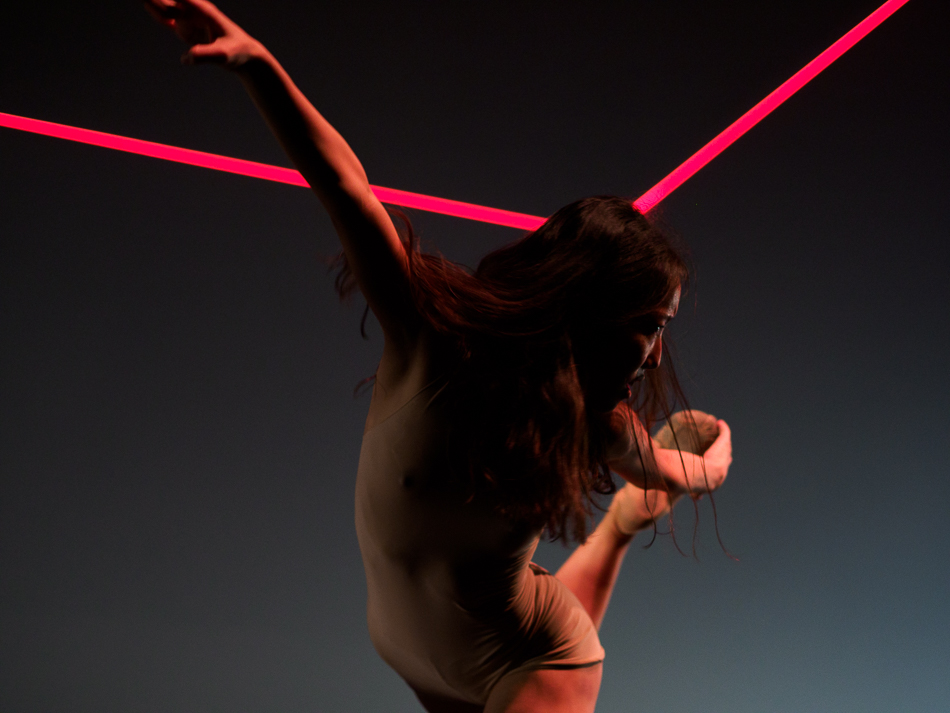
Ode to the mobility of life.
Disappearance, the second part of the diptych Appereance – Disappearance, is an ode to disappearing. When something or someone appears, it will disappear again, and where something or someone disappears, something new will appear again, perhaps in a different form or shape as the phoenix will be reborn from the ashes.
Where Appereance stopped, Disappearance continues. Thirteen dancers, music, projections, light, a radio presenter and children's voices come together in the ether, a space in between where everything disappears and appears, where bodies long for a voice and voices long for a body. A sensory and intuitive experience that starts in the dark and, via blue - red - yellow, emerges in the light, in open-mindedness and hope, from a simple black to a complex white hole.
Greco and Scholten worked with the dancers on the strength and vulnerability of intuition, naivety, urgency and open-mindedness. These values, which are disappearing more and more in our contemporary society, are embraced by the dance. What if they also disappear, what will remain? The dancers struggle to anchor their existence, however temporary or in vain that might be.
In this multi-disciplinary performance, projections create a mystical realm of bygone movements and (un)graspable memories. In the ether, dancers confront adapted pop songs by David Bowie, Björk, Radiohead and others, cut with electronic music, radio and children's voices.
The light shines in the darkness and the darkness has not overcome it. (John 1:1-18)
Learn more about the research I did as a dramaturge for Disappearance.
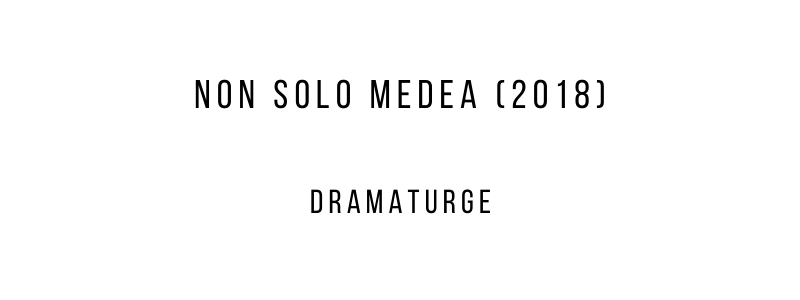
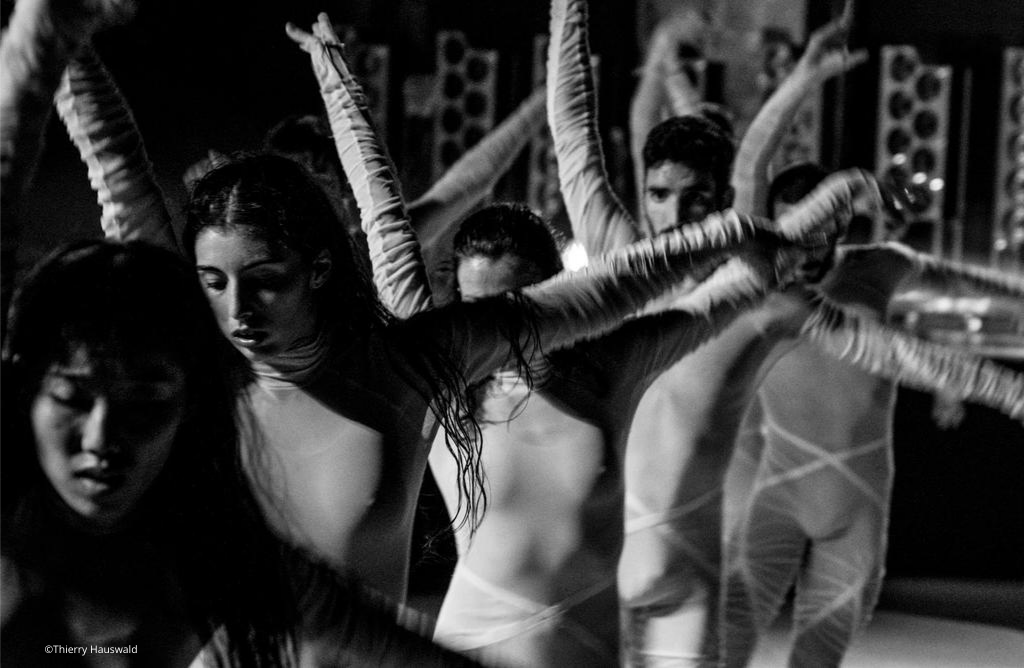
A clash between present and past.
Emio Greco and Pieter C. Scholten consider theatre as a microsociety that springs out of the blue, in a given moment, bringing together people in the here and now. They could not omit either the tradition of ancient theatre in this new piece by the Ballet National de Marseille that will premiere in Pompeii.
Therefore, it is as much through the body as through words and music that they pose the question of fatality and human freedom with regard to the violence we see in our societies. Can we escape our destiny? The battles of yesterday are reminiscent of the ones we see today; the tragedy of Pompeii echoes the fragility of the European continent. Non solo Medea has a timeless and universal dimension. The suspended time, evoked by the actress’s voice, reveals just how modern the Greek tragedies are.
The actress plays a succession of different roles from Greek theatre, such as Antigone, Oedipus, Medea, Iphigenia, who resonate today because of their contemporary character. Consisting of seven parts –regretting, taming, accepting, revolting, denying, realizing, exodus – Non solo Medea powerfully questions the notion of determinism in a society in crisis and, in a cathartic outburst, carries a desire for change.
Challenged by the overwhelming space of an ancient theatre, the corps of eighteen dancers respond to the words punctuated by the sounds of live percussion. The intense dialogue created on stage between the dancers, the actress and the percussionist ratchet up the dramatic tension, in which love and battle are combined. Past and present rub and clash to the sound of a montage of energetic and powerful music, including the repertoire of Pink Floyd, Arvo Pärt, Xenakis and Beethoven.
Learn more about the dramaturgy of Non Solo Medea by reading the interviews with the choreographers Emio Greco and Pieter C. Scholten.
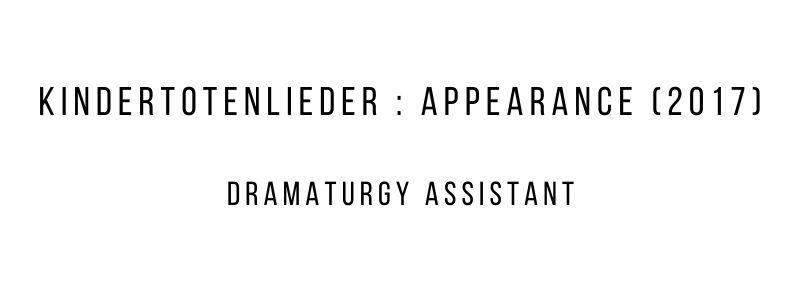
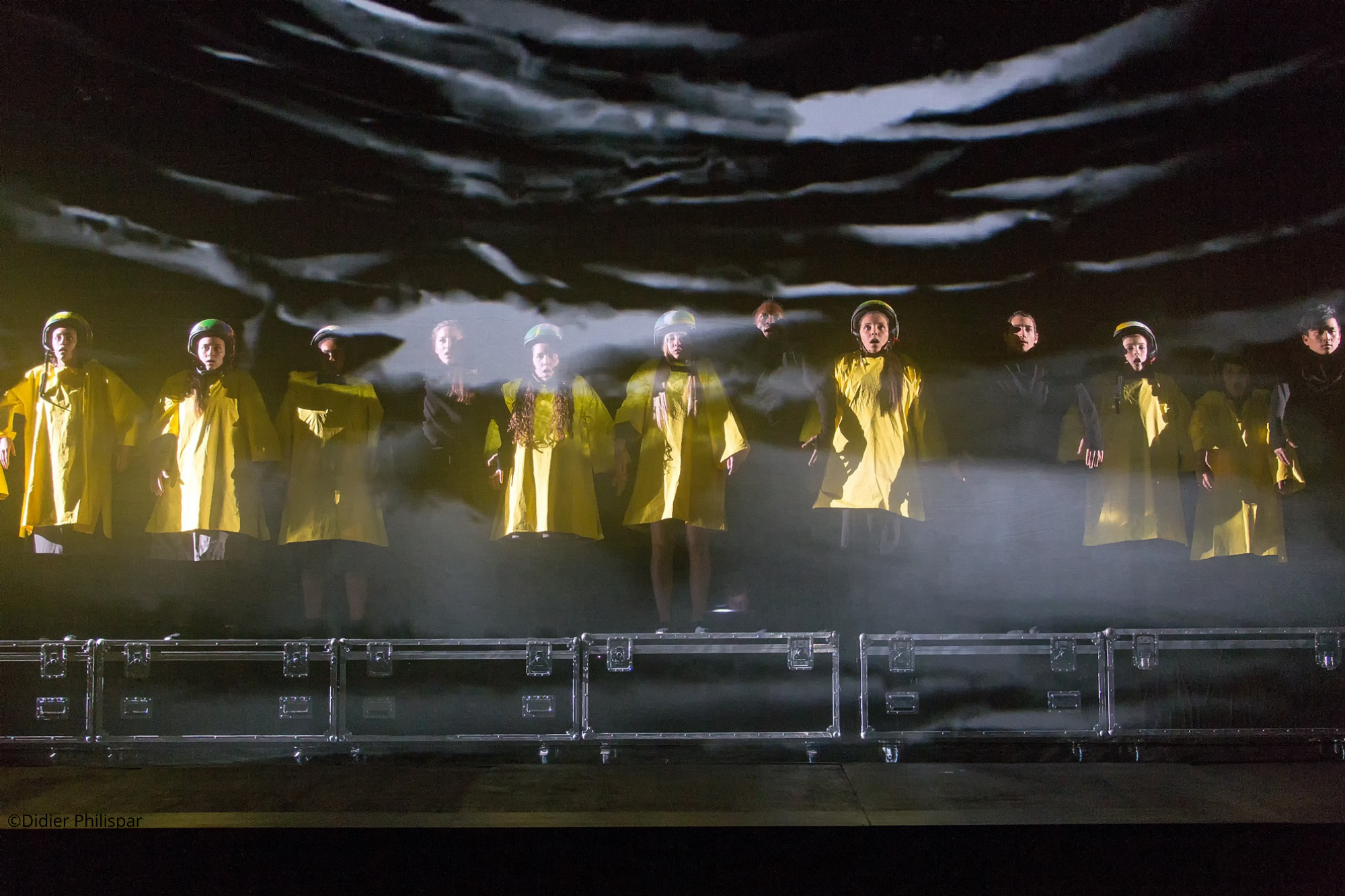
A poetic world of dreams.
Based on Kindertotenlieder (G. Mahler)
After the loss of two of his children, Friedrich Rückert wrote a series of poems called Kindertotenlieder. In 1901 composer Gustav Mahler put the poems to classical music. This music serves as the source of inspiration for choreographers Emio Greco and Pieter C. Scholten. In collaboration with composer and musician Frank Krawczyk they create an ode to the power of intuition and vulnerability; qualities that - in today’s society - are gradually fading into dusk, like wolves that shy away from the light of day.
Appearance is a multidisciplinary performance by a choir, consisting of 12 children, supported by dancers of Ballet National de Marseille and ICK Amsterdam. The children perform songs by Mahler, Eisler and Janáček and remind us of lost innocence and the fragility of life. The visuals by filmmaker Ruben van Leer take us to a poetic world of dreams, the dusk. Here, wolf and man, intuition and strength, come together.
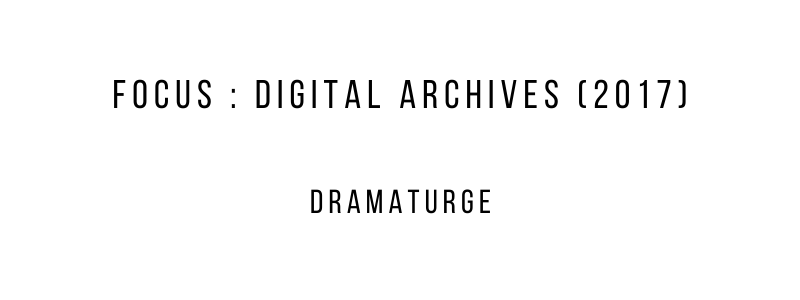

The living archive.
In 2017 I was asked to make a design for the online archives of the Ballet National de Marseille (FR). The ballet company, directed by Emio Greco and Pieter C. Scholten, wanted to develop a webpage to give access to their "living archive".
The platform, called Focus, revolves around different thematics. The first thematic we worked on was: "Body in Revolt", an important subject in the work of Greco and Scholten. When I started working on the design of the webpage, the first and most important question that came to mind was: "How to capture dance that is, at the base, ephemeral?" Of course, with the technologies of nowadays dance can easily be recorded on film, but the recorded movements do not explain their intention nor the vision of the choreographers.
This is why we incorporated different elements, which shine different lights on a theme as "Body in Revolt": the point of view of the choreographers, interviews with dancers, videos of performances, a part of my dramaturgical research, pictures of performances but also pictures of newspapers dealing with the same subject. The first design (see picture) was based on the idea of a Prezi: one single page with different elements unto which you can zoom and de-zoom. The second, and final, design worked with a PHP system, used horizontal scrolling and was more colorful. The result was a device that is playfull and educational at the same time: a living archive.
Unfortunately, due to copyrights, Focus can not be consulted online. Access is only given to visitors of the Ballet National de Marseille.
